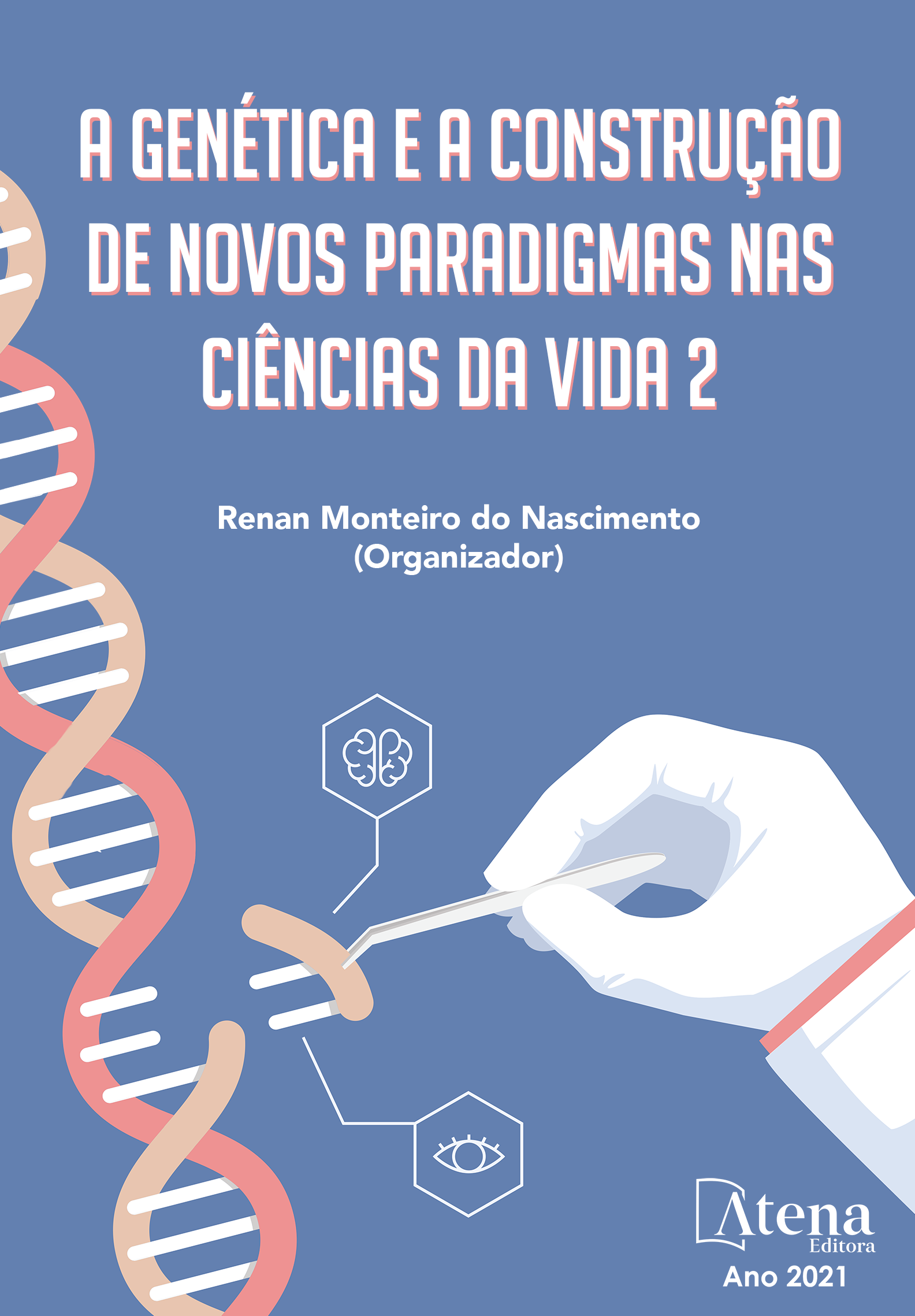
VARIABILIDADE EM GENÓTIPOS DE AMENDOIM PRODUZIDOS POR PEQUENOS AGRICULTORES DO RECÔNCAVO BAIANO
Objetivou-se avaliar a variabilidade existente entre os genótipos de amendoim produzidos por pequenos agricultores no Recôncavo Sul Baiano, por meio de métodos de agrupamento como os de: Scott Knott, Tocher e UPGMA. O trabalho foi realizado na área experimental da Empresa Baiana de Desenvolvimento Agrícola S.A., no município de Conceição do Almeida – BA, em um delineamento inteiramente casualizado e um esquema fatorial de 15 x 5 (genótipos x análises no tempo), com cinco plantas por linha em duas repetições. Para as análises morfológicas de crescimento utilizou-se o método não destrutivo a partir do 21º dia após a emergência e, para as análises morfológicas do legume e produção, aos 96 dias após emergência. Foram analisadas as seguintes características: altura e diâmetro da haste principal, número de folhas e ramificações, comprimento e diâmetro de legumes, número de grãos por legume, número de legumes, massa da matéria fresca e seca de legumes e massa da matéria seca de grãos. As análises multivariadas foram implementadas por meio de técnicas de agrupamento hierárquico, com base nos métodos UPGMA (Unweighted Pair Group Method Average), utilizando a Distância Euclidiana Média como medida de dissimilaridade. A otimização foi verificada por meio do método de Tocher. Foi realizada uma correlação de Pearson para demonstrar a importância das características morfológicas de crescimento em relação às características morfológicas do legume e produção. Houve diferença significativa entre as variáveis dos genótipos analisados por meio do teste Scott-Knott, com exceção das características de produção, onde apenas a variável número de legumes diferiu significativamente. Os métodos de UPGMA e Torch demonstram haver baixa variabilidade entre os genótipos, mas apresentam concordância na formação de grupos. As características morfológicas podem ser consideradas descritores importantes para a distinção de genótipos superiores, pois apresentam diferenças estatísticas pelo teste de Scott-Knott.
VARIABILIDADE EM GENÓTIPOS DE AMENDOIM PRODUZIDOS POR PEQUENOS AGRICULTORES DO RECÔNCAVO BAIANO
-
DOI: 10.22533/at.ed.1592126057
-
Palavras-chave: Arachis hypogaea L.; Morfologia; Correlação.
-
Keywords: Arachis hypogaea L.; Morphology; Correlation.
-
Abstract:
The objective was to evaluate the variability between peanut genotypes produced by small farmers in Recôncavo Sul Bahia, using clustering methods such as: Scott Knott, Tocher and UPGMA. The work was carried out in the experimental area of Empresa Baiana de Desenvolvimento Agrícola SA, in the municipality of Conceição do Almeida - BA, in a completely randomized design and a factorial scheme of 15 x 5 (genotypes x time analyzes), with five plants per line in two repetitions. For morphological analysis of growth, the non-destructive method was used from the 21st day after emergence and, for morphological analysis of the vegetable and production, 96 days after emergence. The following characteristics were analyzed: height and diameter of the main stem, number of leaves and branches, length and diameter of vegetables, number of grains per vegetable, number of vegetables, mass of fresh and dry matter of vegetables and mass of dry matter of grains. Multivariate analyzes were implemented using hierarchical clustering techniques, based on the UPGMA (Unweighted Pair Group Method Average) methods, using the Average Euclidean Distance as a measure of dissimilarity. The optimization was verified using the Tocher method. Pearson's correlation was performed to demonstrate the importance of the morphological characteristics of growth in relation to the morphological characteristics of the vegetable and production. There was a significant difference between the variables of the genotypes analyzed using the Scott-Knott test, with the exception of production characteristics, where only the variable number of vegetables differed significantly. The UPGMA and Torch methods show low variability between the genotypes, but show agreement in the formation of groups. The morphological characteristics can be considered important descriptors for the distinction of superior genotypes, as they present statistical differences by the Scott-Knott test.
-
Número de páginas: 15
- Clovis Pereira Peixoto
- Luiz Fernando Melgaço Bloisi
- Ademir Trindade Almeida
- Elvis Lima Vieira
- Alfredo Melgaço Bloisi
- Gisele da Silva Machado
- Ellen Rayssa Oliveira


